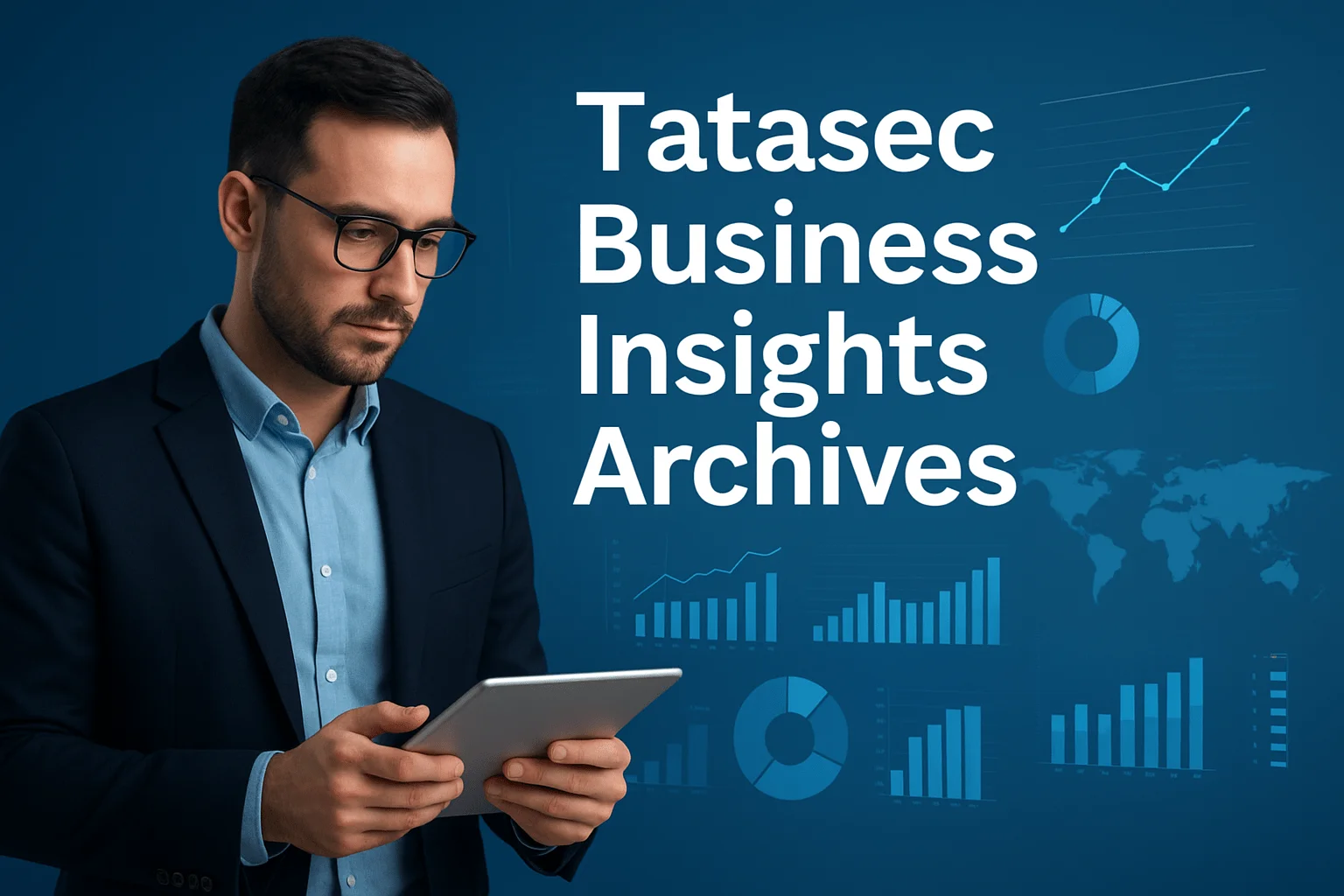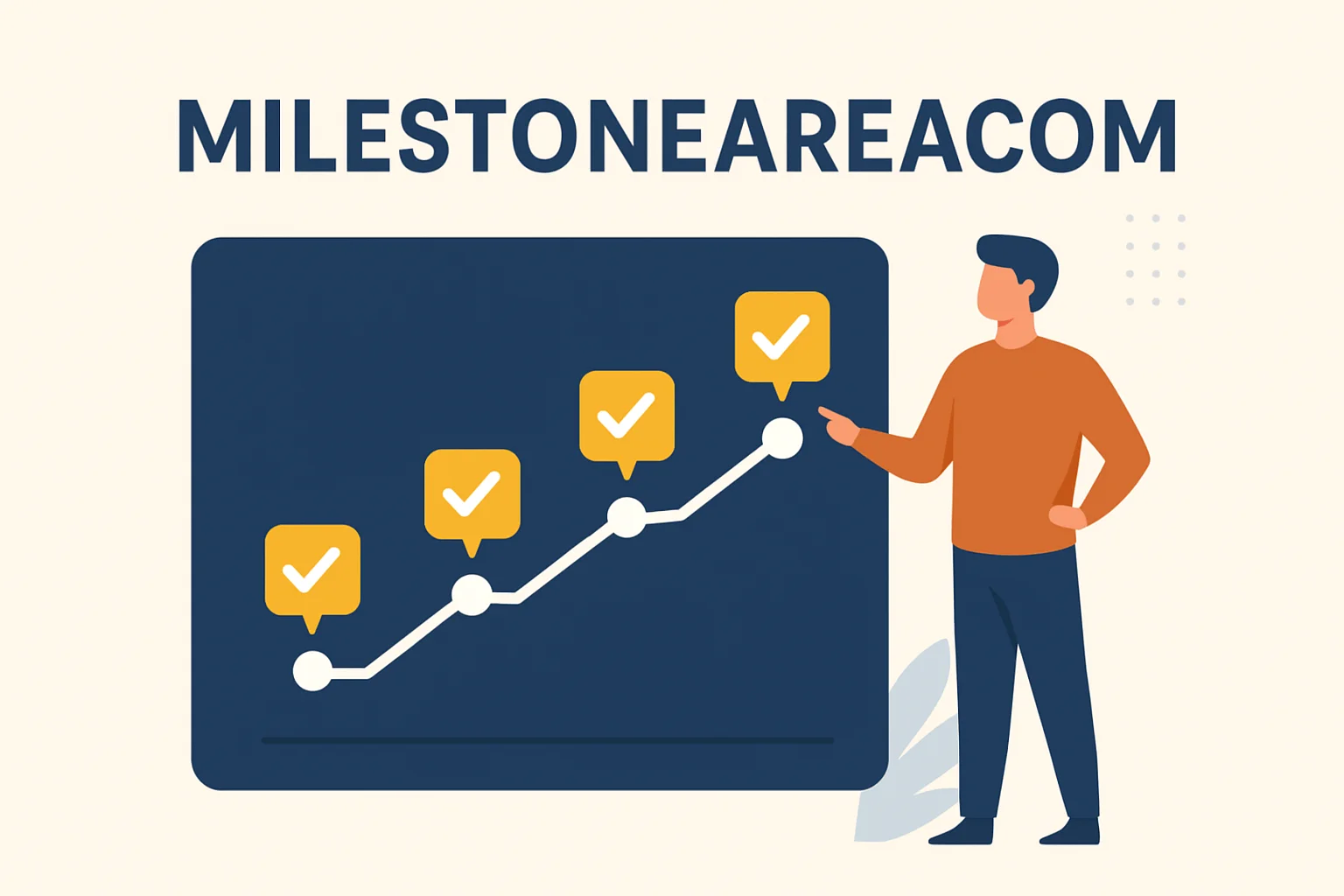In a competitive business landscape where decisions must be fast, precise, and evidence-backed, the Tatasec Business Insights Archives stand out as a resource that turns raw information into strategic advantage. For years, businesses have sought ways to consolidate intelligence from past performance, market trends, and operational data. These archives are not just about storing reports — they’re about making sense of them to forecast, strategize, and act with confidence.
I’ve worked with decision-making teams who relied on these archives during high-stakes market shifts, and I’ve seen how they transformed hesitant planning into decisive execution. This is not just a tool — it’s an evolving knowledge base that businesses can’t afford to ignore.
Understanding the Tatasec Business Insights Archives
At its core, the Tatasec Business Insights Archives is a curated collection of analytical reports, case studies, trend forecasts, and performance evaluations compiled over time. Unlike a static data warehouse, these archives are dynamic, regularly updated with fresh insights drawn from industry-specific metrics, financial patterns, and emerging opportunities.
From my experience working with retail analytics, the real magic happens when historical data is paired with current developments. For example, a retail brand used the archives to study how consumer spending shifted during previous economic downturns — and used that pattern recognition to adapt its pricing strategies in real time.
Why These Archives Matter Now
In 2025, business agility is more than a buzzword — it’s survival. Decision-making cycles are shorter, and the cost of being wrong is higher. The Tatasec Business Insights Archives equip companies with a safety net of verified knowledge, helping them avoid guesswork and navigate uncertainty.
Companies that ignore such repositories risk repeating past mistakes or missing out on early trend signals. I’ve seen startups scale too quickly without consulting historical insight, only to face costly reversals when predictable market cycles caught up with them. The archives could have prevented that.
Benefits of Using Tatasec Business Insights Archives
The advantages go beyond simply having “lots of data.” The real value lies in transforming that data into actionable knowledge.
First, they centralize dispersed information, saving teams from hours of searching across systems. Second, they enable comparative analysis — allowing you to line up past performance with present conditions. Third, they strengthen cross-department collaboration by giving everyone access to the same source of truth.
One logistics company I advised reduced their operational bottlenecks by 30% after implementing insights from these archives. They spotted repetitive seasonal slowdowns that had been overlooked for years.
Common Misconceptions
Many assume that the Tatasec Business Insights Archives are only useful for large corporations. In reality, small and mid-sized enterprises benefit just as much, if not more, because they often have tighter margins and fewer resources for trial and error.
Another misconception is that archives are outdated. The truth? Properly maintained archives are living systems, enriched with new entries, refined analytics, and updated models to keep pace with market evolution.
Real-World Applications
The archives aren’t abstract — they influence decisions every day.
In finance, portfolio managers use them to compare market reactions to policy changes over decades. In manufacturing, quality control teams review past defect reports to preempt future failures. In e-commerce, marketing teams examine consumer engagement patterns from archived campaigns to design more effective promotions.
From my consulting experience, the archives are particularly powerful in industries where seasonality, regulation, or rapid innovation play a big role. The ability to benchmark against past events can be the difference between proactive leadership and reactive scrambling.
Overcoming Challenges
Adopting the Tatasec Business Insights Archives does come with hurdles. The biggest is integration — pulling in data from different departments and formats into a unified, searchable framework. Another is training — insights are only useful if teams know how to interpret them.
One way to overcome these issues is phased adoption. Start by focusing on one department’s data, build competency there, and then scale up. I’ve seen organizations attempt a “big bang” implementation and get overwhelmed; gradual onboarding tends to work far better.
How to Get the Most from the Archives
If you want to maximize value, treat the archives as a decision partner, not just a storage system. Use them in recurring strategy meetings. Pair them with visualization tools so trends and anomalies are obvious at a glance. Encourage teams to tag their own reports with metadata, making future retrieval faster.
For example, a client in the hospitality sector added a tagging system for “seasonal demand shifts” and “event-driven spikes.” This allowed marketing to instantly access relevant case studies whenever a new campaign was in planning.
Suggested Visuals for Clarity
To bring the archives to life for your audience, you could use:
- A flow diagram showing how raw data enters the archive, is analyzed, and turns into strategic action.
- A timeline chart comparing past and present performance, highlighting key turning points.
- A dashboard mockup of how a decision-maker might view the most relevant archived insights in one glance.
These visuals make abstract concepts concrete, boosting team engagement.
FAQs about Tatasec Business Insights Archives
Q1: What exactly is stored in the Tatasec Business Insights Archives?
They contain historical performance data, market analysis, trend reports, and strategic case studies across different industries.
Q2: How often are the archives updated?
They’re regularly refreshed with new data, reports, and analytics to keep insights current and actionable.
Q3: Can small businesses benefit from these archives?
Absolutely. Smaller companies often gain faster results because insights help them avoid costly trial-and-error decisions.
Q4: Are these archives industry-specific?
They can be tailored for specific industries or kept broad, depending on the organization’s needs.
Q5: Do you need technical skills to use them?
Not necessarily. Most implementations include user-friendly dashboards and training for non-technical staff.
Q6: How do they improve decision-making?
By offering verified historical context and predictive analysis, they reduce guesswork and strengthen strategy.
Conclusion: Turn History into a Competitive Edge
The Tatasec Business Insights Archives are more than a vault of past reports — they are a living compass for navigating future business challenges. Whether you’re steering a global enterprise or running a growing local brand, these archives can shorten your decision-making cycles, mitigate risks, and uncover opportunities hiding in plain sight.
If you’ve been relying on gut feeling alone, it’s time to upgrade your toolkit. Explore the archives, learn from the past, and shape your next move with the power of proven insights.



